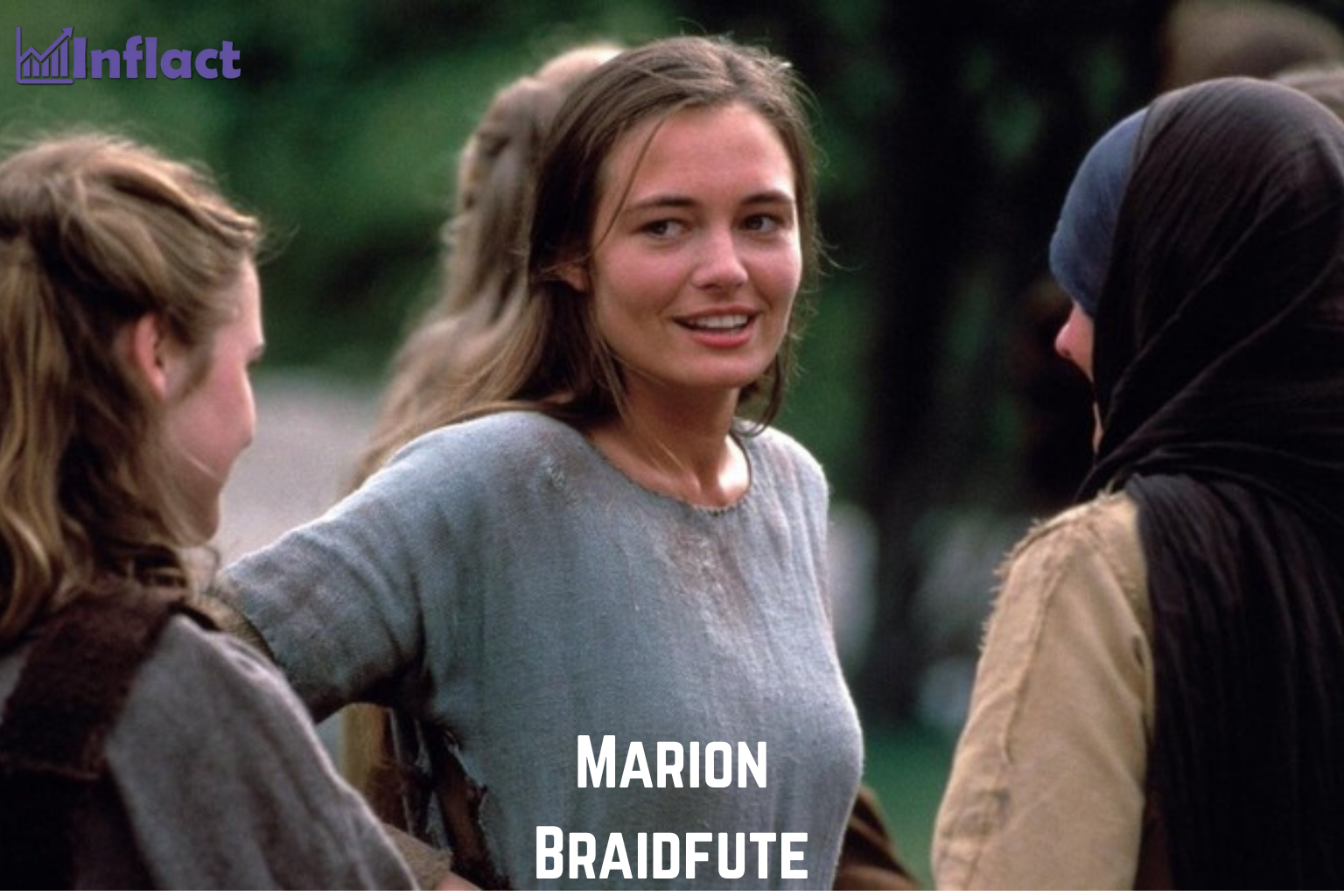Introduction
The name Marion Braidfute may not ring a bell to many outside of Scottish historical circles, but to those familiar with the story of Sir William Wallace, she plays a central role in one of Scotland’s most enduring legends. Often portrayed as Wallace’s wife or lover, Marion’s story is one of love, tragedy, and political rebellion during a time of great unrest in medieval Scotland.
Although her historical existence remains debated, Marion Braidfute continues to be a significant figure in Scottish folklore, literature, and national identity. This article explores who she was—or was said to be—why her story matters, and how fact and legend have become deeply intertwined.
Who Was Marion Braidfute?
Marion Braidfute of Lamington is traditionally described as the daughter of Sir Hugh Braidfute, a wealthy nobleman from Lanarkshire. According to legend, she was a young noblewoman who fell in love with—or secretly married—William Wallace, the future leader of the Scottish resistance against English rule.
Her character first appears in The Wallace, a romanticized 15th-century poem by Blind Harry, which forms the basis of much of Wallace’s legendary life story. Though the poem is not considered a factual account, it powerfully shaped public memory.
Marion is often depicted as a symbol of innocent sacrifice, representing the personal cost of political tyranny and warfare. Her tragic death is said to have been the catalyst that pushed Wallace to wage war against the English.
Also Read: Who Is Reja Spaeny? A Personal and Professional Look at the Woman Behind the Name
The Death That Sparked a Revolution
According to the legend, Marion was murdered by the English Sheriff of Lanark, either in public or while Wallace was away. Her death enraged Wallace, who retaliated by killing the sheriff and starting a rebellion that would spread across Scotland.
This incident, though likely fictionalized, has been described as the turning point in Wallace’s life. Whether fact or myth, it symbolizes how personal grief and national oppression were deeply connected in medieval Scotland.
Many romantic and nationalist interpretations—such as the one portrayed in the film Braveheart—use this event as a dramatic foundation to show Wallace’s emotional depth and motivation for freedom.
Historical Evidence: Fact or Folklore?
One of the biggest challenges historians face is the lack of concrete evidence for Marion Braidfute’s existence. There are no contemporary documents confirming a woman by that name or her marriage to Wallace.
Much of her story comes from Blind Harry’s epic, which was written over 150 years after Wallace’s death. The poem contains many mythological elements, often blending history with dramatic fiction. Scholars believe that some stories were added to make Wallace more appealing to a 15th-century audience.
In fact, many suggest Marion Braidfute may have been invented or embellished to provide a romantic narrative or even to promote local family prestige, such as that of the Baillies of Lamington.
Cultural Impact and Popular Representations
Despite the doubts surrounding her historical accuracy, Marion Braidfute’s legacy lives on in Scottish cultural memory. In folk tales, plays, and even modern films, she serves as a symbol of love, loyalty, and the emotional toll of colonization.
In Braveheart (1995), Marion is depicted as Wallace’s secret wife whose murder sets him on a path of revenge. Though heavily fictionalized, this portrayal revived global interest in Wallace and, indirectly, Marion’s story.
Her name is still referenced in heritage sites, local lore, and commemorative events. She has become an emblem of patriotic womanhood, much like other legendary figures such as Maid Marian or Joan of Arc.
Was Marion Braidfute a Political Invention?
Some researchers argue that Marion Braidfute was a political fabrication. In the 16th century, it’s believed that the Baillie family of Lamington promoted the idea that Marion was Wallace’s wife to associate their lineage with Scotland’s national hero.
By claiming descent from Marion, the family could boost their social and political standing. This theory suggests that much of her “historical identity” may be more about legacy-building than actual fact.
Regardless of her origins, the power of Marion’s narrative lies not in its factuality, but in its emotional and symbolic weight.
Step-by-Step Guide: Tracing Marion Braidfute in History and Myth
If you’re interested in exploring the truth (or fiction) behind Marion Braidfute, here’s how to get started:
Step 1: Begin with Primary Sources
Start by reading Blind Harry’s The Wallace to understand where most of her story originates.
Step 2: Check Scottish Archives
Look into Scottish birth, land, and marriage records—though nothing concrete exists for Marion, this gives context for the era.
Step 3: Study Secondary Analysis
Consult works by modern historians who analyze medieval Scottish history and literary interpretations of Wallace’s life.
Step 4: Explore Folklore Collections
Look into collections of Scottish ballads, poems, and oral histories where variations of Marion’s tale may appear.
Step 5: Visit Historical Sites
Lanark and Lamington are places tied to the legend. Local museums and plaques often provide insights into the Marion-Wallace myth.
Tip: Keep in mind that many medieval “histories” were more literary than factual.
Also Read: Andrew Woodall: A Talented British Actor in Theatre and Film
Conclusion
Whether real or myth, Marion Braidfute has become a powerful figure in the storytelling tradition of Scottish resistance. Her tragic romance with William Wallace may not be grounded in verified history, but her story adds depth and emotion to Scotland’s national narrative.
She serves as a reminder that behind every legendary hero, there are often equally powerful stories—some remembered, others imagined. Regardless of her historical truth, Marion Braidfute endures as a symbol of personal loss, patriotic inspiration, and cultural identity.
For those interested in learning more, exploring medieval Scottish literature and Wallace’s mythos is a great place to start.
Frequently Asked Questions (FAQs)
1. Was Marion Braidfute a real person?
There is no concrete historical evidence that Marion Braidfute existed. Most of what we know comes from literary sources like Blind Harry’s poem.
2. Did William Wallace have a wife?
Historical records do not confirm a wife. Marion Braidfute is traditionally believed to be his spouse or lover, but this is likely fictional.
3. What role did Marion Braidfute play in Wallace’s rebellion?
According to legend, her death motivated Wallace to begin his rebellion, though this account is not supported by factual records.
4. Is Marion Braidfute featured in Braveheart?
Yes, a character inspired by her appears in the film as Wallace’s secret wife, although the story is dramatized and not historically accurate.
5. Where can I learn more about Marion Braidfute and Wallace?
Books on Scottish history, Blind Harry’s The Wallace, and local museums in Lanark and Lamington are excellent starting points.




